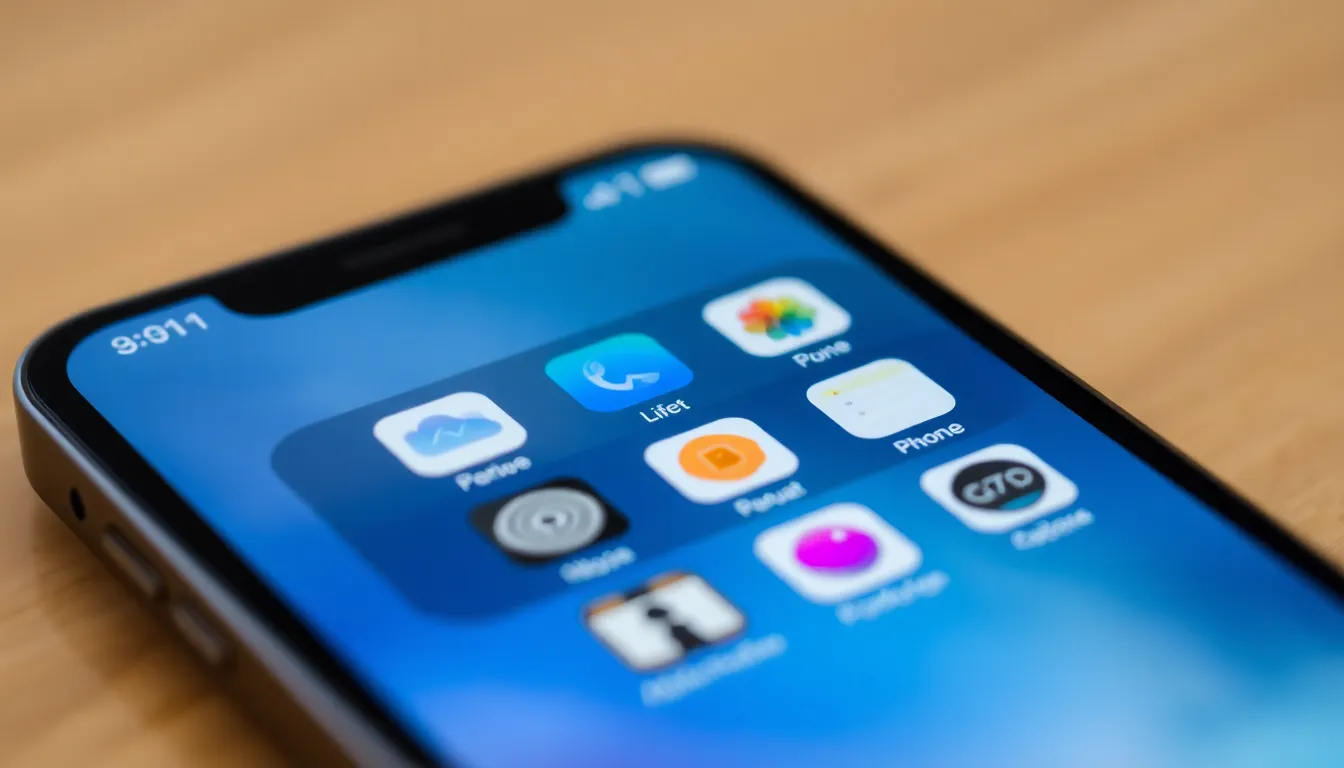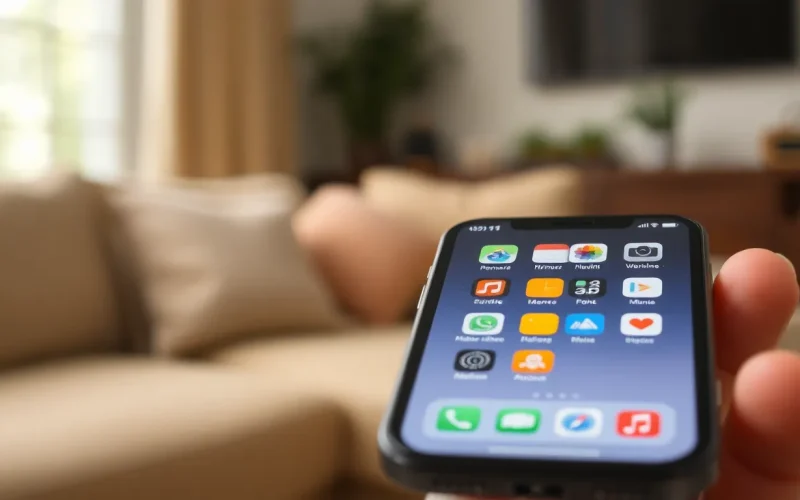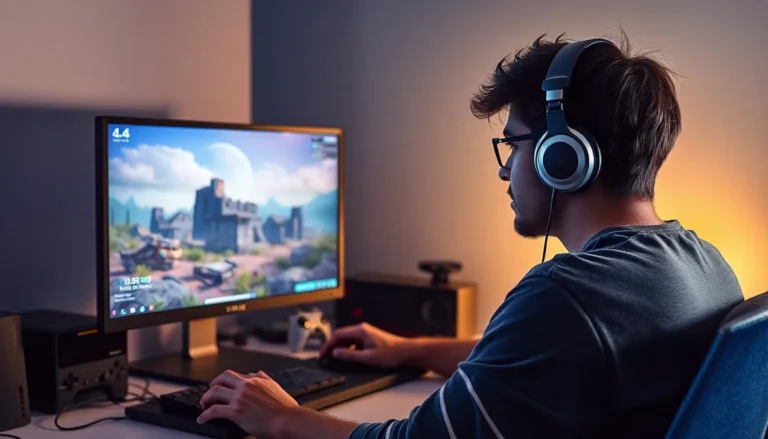Table of Contents
ToggleEver felt like your iPhone’s home screen resembles a chaotic carnival? With apps popping up everywhere, it’s easy to lose track of what you actually need. Thankfully, there’s a simple solution to regain control and declutter that digital mess. Closing all those apps may sound tedious, but it’s a game-changer for your device’s performance and your sanity.
Understanding App Management on iPhone
Managing apps on an iPhone is crucial for maintaining optimal performance. Closing all open apps regularly can streamline device functionality and enhance user experience.
Importance of Closing Apps
Closing apps saves battery life. It reduces background activity that can drain power. Users often notice improved performance when fewer apps run simultaneously. Slower load times and lagging interactions can occur with open background apps. Regularly closing them can help mitigate these issues. It results in a smoother experience during multitasking. Maintaining a tidy app environment also declutters the app switcher interface, promoting easier navigation. Therefore, closing apps plays a significant role in user satisfaction.
Common Misconceptions
Many believe that closing apps decreases performance, but this isn’t accurate. Open apps do not need constant updates to provide quick access, as iOS manages them efficiently. Users often fear losing progress by closing apps, yet iOS preserves their state. This means users can return to where they left off without worry. Some think closing apps speeds up the device’s overall performance. In reality, the system prioritizes necessary background functions. Understanding these misconceptions clarifies misconceptions around app management on iPhone and improves users’ approach.
How to Close All Apps on iPhone

Closing all apps on an iPhone can help optimize device performance and declutter the home screen. Follow these steps for effective app management.
Step-by-Step Guide for iOS 14 and Later
- Swipe up from the bottom edge of the screen to open the App Switcher.
- View all recently used apps stacked in a carousel format.
- Swipe left or right to browse through the open apps.
- Swipe up on an app’s card to close it. This action stops the app from running in the background.
- For closing multiple apps, swipe up on several cards simultaneously using multiple fingers.
This method ensures all background tasks cease, saving battery life and enhancing performance.
Alternative Methods for Older iOS Versions
- Double-click the Home button to access the App Switcher.
- Observe all open apps displayed in a card format.
- Simply swipe up on an app to close it, halting its activity in the background.
- Use this technique to manage multiple apps effectively by closing several at once.
By managing open apps, users can maintain a smoother experience while using their iPhones.
Troubleshooting App Closure Issues
Sometimes apps refuse to close as expected. Users may experience this due to software glitches or app bugs. Restarting the device often helps resolve these issues. Background processes might prevent apps from closing properly. If an app still doesn’t close, force quitting via the App Switcher sometimes offers a solution. Holding the power button and the volume button simultaneously might help reset the device if problems persist.
When Apps Refuse to Close
Frustration can arise when apps refuse to close. Various reasons exist for this issue, including temporary glitches or insufficient storage space. Background activity may also hinder app closure. Each app could be using resources, making it difficult to quit. Monitoring the device’s storage regularly can help identify if available space is a problem. High storage utilization reduces the device’s ability to manage apps effectively. Users experiencing persistent issues should consider checking for software updates, which often resolve bugs causing such problems.
Tips for App Performance Improvement
Improving app performance enhances the overall user experience. Regularly updating apps is essential for accessing the latest features and fixes. Clearing cache and temporary files often helps free up resources. Limiting background app activity improves device speed considerably. Users can adjust these settings in the device’s menu. Additionally, disabling unnecessary location tracking for apps can conserve battery life and enhance performance. Restarting the iPhone periodically refreshes system resources, leading to smoother operation. Each of these steps contributes to optimal app functionality.
Managing open apps on an iPhone is essential for a seamless user experience. By regularly closing apps users can enhance performance and save battery life while enjoying a decluttered home screen. Understanding the effective methods for closing apps empowers users to maintain control over their device’s functionality.
Troubleshooting any issues that arise ensures a smooth operation, allowing users to stay focused on their tasks without interruptions. With a few simple steps users can optimize their iPhone’s performance and enjoy a more efficient digital environment. Embracing these practices leads to a more satisfying interaction with technology.





